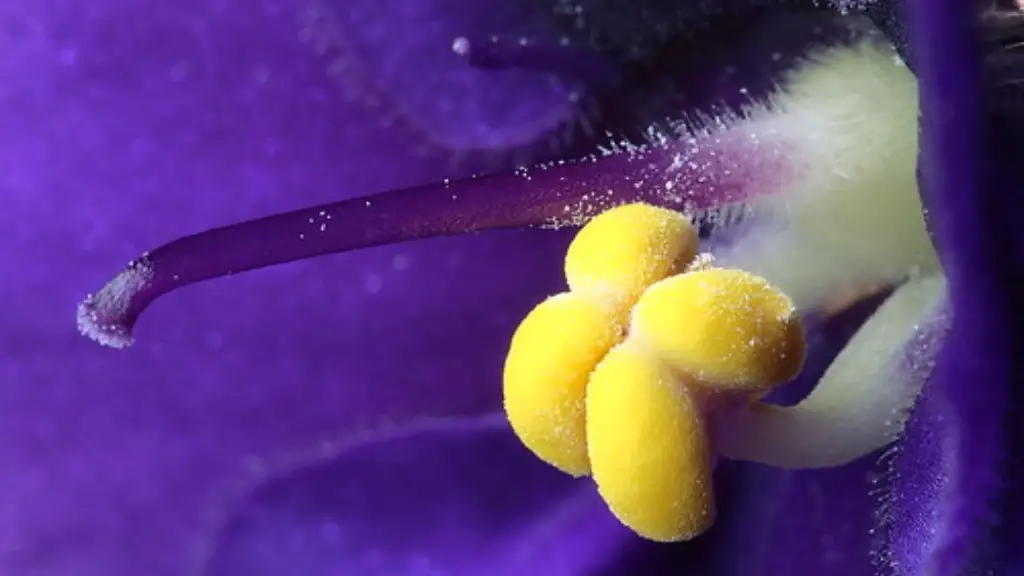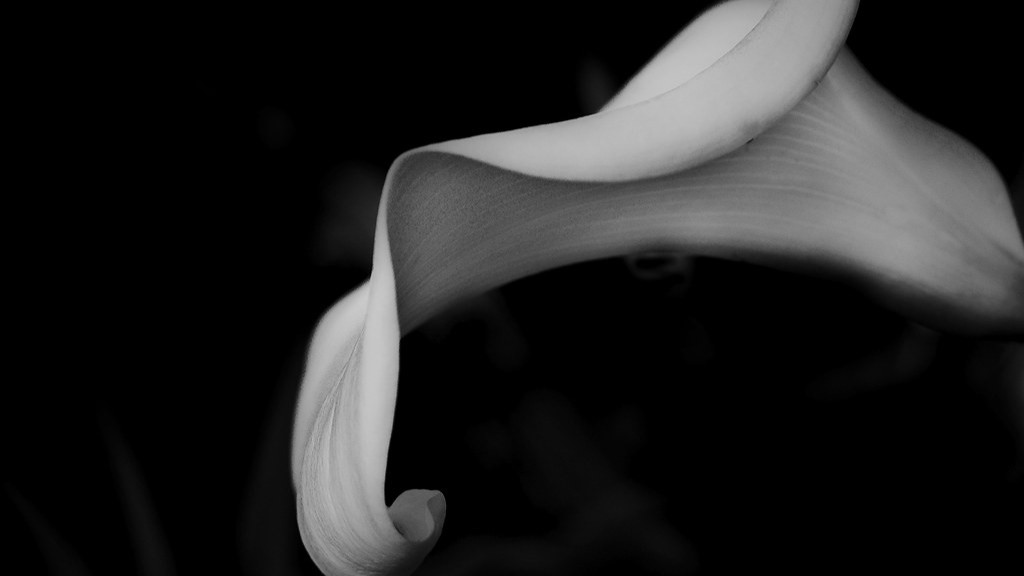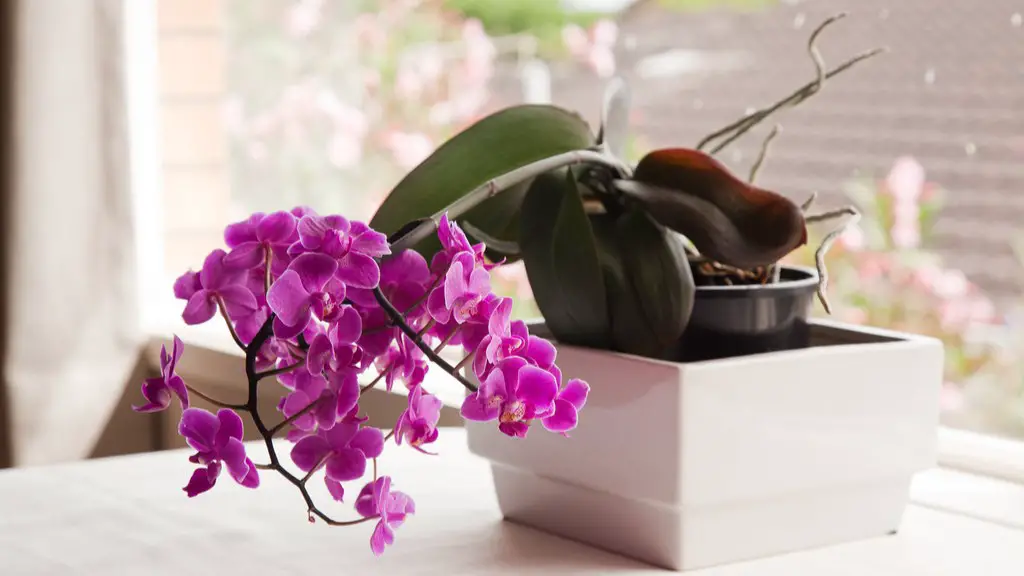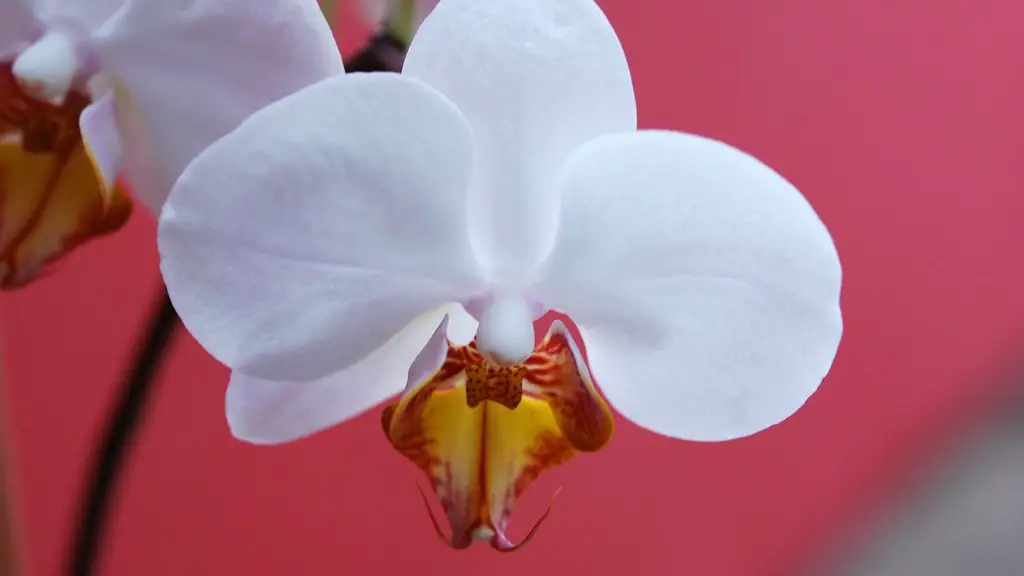African violets typically bloom every four to six weeks. However, with the proper care, they can bloom continuously throughout the year.
African violets typically bloom every 4 to 6 weeks.
How do you get African violets to bloom again?
If you want your African Violet to bloom again, here are 8 ways to make it happen:
1. Let There Be Light – African Violets need bright, indirect sunlight to bloom. If you can provide a spot near a window with filtered light, that would be ideal.
2. Turn Up the Humidity – These plants love humid conditions, so try misting them daily or setting them on a pebble tray.
3. Replenish Essential Nutrients – Every few weeks, fertilize your African Violet with a water-soluble fertilizer designed specifically for blooming plants.
4. Keep it Pleasant – African Violets prefer temperatures around 70 degrees Fahrenheit. So, if your home is on the cooler side, you may need to provide a bit of extra warmth.
5. Choose the Right Soil – African Violets need a light, well-draining soil. You can purchase a pre-made potting mix or make your own by mixing equal parts peat moss, perlite, and vermiculite.
6. Protect From Pests & Disease – These plants are susceptible to pests and diseases, so it’s important to inspect them regularly and take action if you
African violets are a beautiful addition to any home. They are known for their continuous blooming, even in the darker months of winter. Place them throughout the house to enjoy their colors and velvety texture all year round. With a little care, African violets will thrive and grow easily.
How often should African violets be watered
A wicking system is a great way to make sure your African violets are never over watered. Simply water the plant once a week and allow the plant to completely dry out between waterings. The wicking system will draw water up from the reservoir as needed, so you never have to worry about watering your plants too often.
African violets need bright, indirect light to bloom. If they’re not getting enough light, they will stop blooming. Make sure to place them in a spot where they’ll get plenty of light, but not direct sunlight, which can be too harsh. Also, African violets need to be kept moist, but not wet. Water them when the soil feels dry to the touch. Lastly, African violets need to be fertilized regularly. Use a water-soluble fertilizer formulated for African violets and follow the directions on the package. By meeting all of their needs, you should be able to get your African violets to bloom year-round.
Should African violets be misted?
African violets are susceptible to crown rot, so it is important to not mist the foliage as water on the foliage may cause permanent leaf spotting. Use water that is room temperature to avoid crown rot.
African violets need to be repotted every one to two years to ensure they have enough room to grow. Repotting also allows you to refresh the soil and get rid of any built-up fertilizer.
What is the secret to growing African violets?
It’s important to place plants in an area where they’ll receive bright, indirect light in order to maintain healthy growth and color. A plant stand three feet away from a west- or south-facing window is an ideal location. Plants will still receive some light if placed beside a north- or east-facing window, but they may not grow as well and are less likely to bloom.
It is important to water African violets carefully. Too much water can kill the plants by causing root rot, crown rot, or Pythium.
Why do you water African violets from the bottom
The African Violet is a beautiful flower that is native to Africa. They are known for their ability to thrive in warm climates and their delicate, yet vibrant colors. The roots of the African Violet need aeration, so keeping them moderately moist but never soggy is the key. Watering from the bottom so they can soak the water up, over an hour or so, will help to keep water out of the crown of the plant. African Violets like warmer water, around 70 degrees. By following these simple tips, you can enjoy the beauty of the African Violet for many years to come!
If you’re not sure about the quality of your tap water, it’s best to err on the side of caution and use filtered or distilled water for your African violets. Chlorine levels can fluctuate depending on the season, and in some areas the water may be high in chlorine, chloramines, or dissolved solids. These things can all adversely affect your African violets, so it’s best to use purified water if possible.
What do Overwatered African violets look like?
If you think your African Violet plant has been over-watered, check the soil to see if it is too wet. If the soil is wet, the leaves and/or leaf stems may be turning soft, limp or mushy. To remedy the problem, allow the soil to dry out completely and then water the plant only when the soil is dry.
To clean African Violet leaves, mix a solution of room temperature water and liquid soap in a spray bottle. Spray the leaves thoroughly, and rub the top and bottom of each leaf with your fingers. Rinse the leaves with clean water and allow them to dry.
Do African violets like bigger pots
When it comes to African violets, it’s best to err on the side of a smaller pot. These plants do best when they are slightly pot-bound, so choose a pot that’s just large enough to accommodate the roots. A professional tip: if you have a standard African violet plant, your starter pot should be about 3-4 inches in diameter.
In order to have your African violets bloom nearly year-round, you must be able to provide the correct conditions. African violets will bloom 10-12 months each year if the conditions are right. Each bloom lasts for about 2-3 weeks.
Do African violets outgrow their pots?
If you’re growing African violets and want to keep them healthy, it’s important to repot them regularly. Many experts recommend repotting with fresh potting soil at least twice a year, or more often if the plant becomes rootbound. Rootbound means that the plant has outgrown its current pot and its roots are growing out and around the rootball. When this happens, it’s time to repot in a larger pot to give the plant room to grow.
When it comes to African Violets, shallower pots that offer breathability are best. This is because their roots don’t grow very deep; instead, they tend to grow sideways. As such, you don’t need a deep pot for them. Just make sure your pot has adequate drainage holes so you can water from underneath. You may also want to consider getting an African Violet specific pot, which often comes with a terra cotta sleeve for planting and a water reservoir.
Final Words
African violets typically bloom every 4-6 weeks.
African violets bloom most often during the spring and fall, although they will bloom throughout the year if conditions are right. If you want your African violet to bloom as often as possible, make sure to give it plenty of light and water it regularly.





